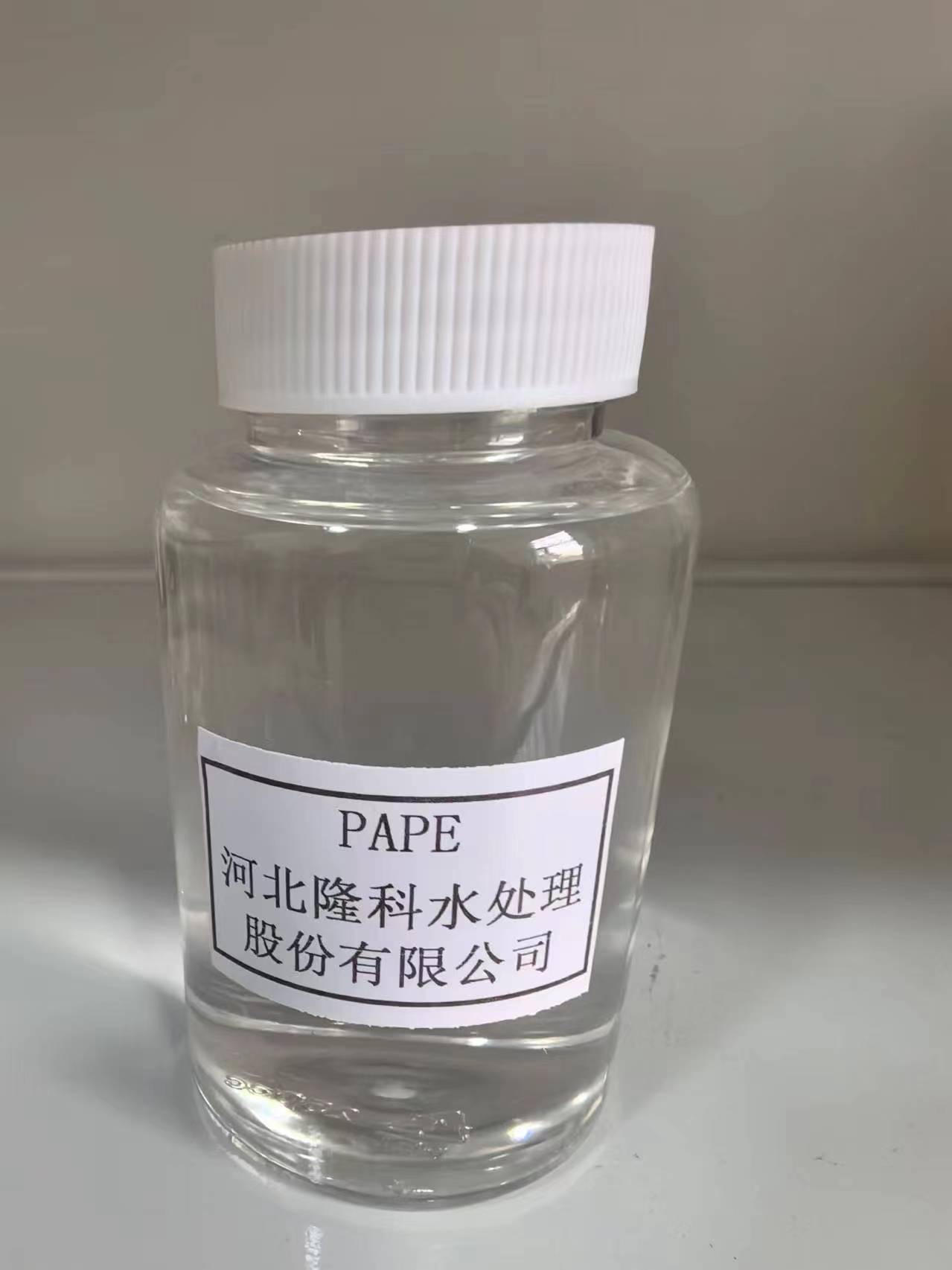Effective Water Treatment Methods Using Chemical Coagulation and Flocculation Techniques
Chemical Coagulation and Flocculation in Water Treatment
Water treatment is an essential process in ensuring that our water supply is safe, clean, and suitable for consumption and other uses. Among the various methods employed in water treatment, chemical coagulation and flocculation stand out as crucial techniques for removing impurities, suspended solids, and pathogens from water. This article explores the principles, processes, and significance of chemical coagulation and flocculation in water treatment.
Understanding Coagulation and Flocculation
Coagulation and flocculation are two interrelated processes that work together to remove particulate matter from water. Coagulation is the initial step, where chemical coagulants are added to the water to neutralize the charges on suspended particles. Common coagulants include aluminum sulfate (alum), ferric chloride, and polyaluminum chloride. These chemicals destabilize colloidal particles, allowing them to clump together.
Following coagulation, the flocculation process begins. During flocculation, gentle mixing encourages the agglomeration of the destabilized particles into larger clusters, known as flocs. This stage is crucial as larger flocs can be more easily removed through sedimentation or filtration processes. The effectiveness of flocculation is influenced by several factors, including the type and dosage of coagulant, mixing speed, and time.
The Mechanism Behind Coagulation and Flocculation
The mechanism of coagulation involves the adsorption of coagulant molecules onto the surface of suspended particles. This process neutralizes the surface charge of the particles, which prevents them from repelling each other. Once neutralized, the particles can come together to form larger aggregates. In the flocculation phase, gentle agitation helps to build these aggregates into even larger flocs capable of settling out of the solution.
Different types of coagulants have varied mechanisms of action. For instance, aluminum-based coagulants primarily work by forming aluminum hydroxide, which serves as a binding agent for particles. In contrast, iron-based coagulants can provide better removal of specific contaminants, such as phosphorus.
chemical coagulation and flocculation water treatment

Applications and Benefits of Coagulation and Flocculation
Chemical coagulation and flocculation are widely applied in both drinking water treatment and wastewater treatment facilities. In drinking water treatment, these processes help in removing turbidity, color, and microorganisms, contributing to the overall quality of the potable water. In wastewater treatment, coagulation and flocculation aid in the removal of suspended solids, fats, oils, and greases, ensuring that effluents meet environmental regulations before being discharged.
The benefits of using chemical coagulation and flocculation are significant. These processes enhance the efficiency of subsequent treatment methods, such as sedimentation and filtration. They also reduce the load on these systems, which can lead to lower operational costs and improved water quality. Additionally, they can address a variety of contaminants, making them versatile tools in the water treatment arsenal.
Challenges and Considerations
Despite its effectiveness, the use of chemical coagulation and flocculation comes with some challenges. The selection of an appropriate coagulant depends on the specific characteristics of the water being treated, which can vary widely. Moreover, the need to manage residual chemicals and ensure compliance with environmental regulations is critical. Operators must continuously monitor the performance of the treatment process to optimize coagulant dosage and ensure effective contaminant removal.
Conclusion
Chemical coagulation and flocculation are pivotal processes in water treatment that substantially enhance water quality. By efficiently removing impurities and pathogens, these methods play a vital role in safeguarding public health and protecting the environment. As water treatment technology continues to evolve, ongoing research into optimizing these processes will be essential for responding to emerging water quality challenges.
-
lk-319-special-scale-and-corrosion-inhibitor-for-steel-plants-advanced-solutions-for-industrial-water-systemsNewsAug.22,2025
-
flocculant-water-treatment-essential-chemical-solutions-for-purification-processesNewsAug.22,2025
-
isothiazolinones-versatile-microbial-control-agents-for-industrial-and-consumer-applicationsNewsAug.22,2025
-
scale-inhibitor-key-solutions-for-water-system-scale-preventionNewsAug.22,2025
-
organophosphonates-versatile-scale-inhibitors-for-industrial-water-systemsNewsAug.22,2025
-
scale-and-corrosion-inhibitor-essential-chemical-solutions-for-water-system-maintenanceNewsAug.22,2025





